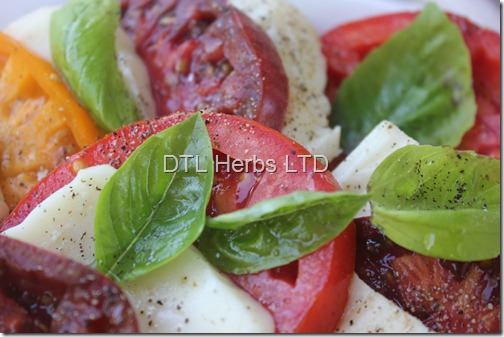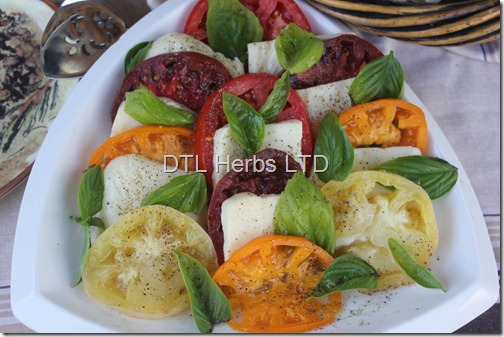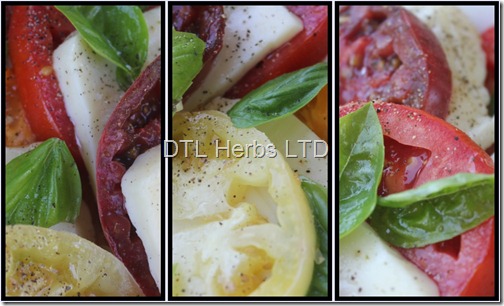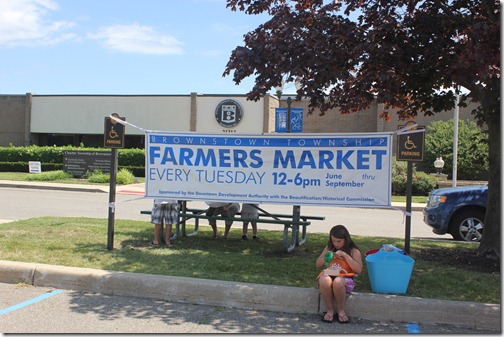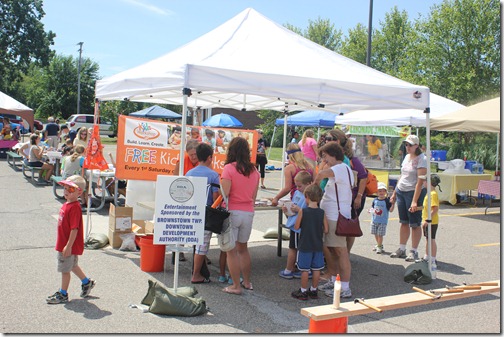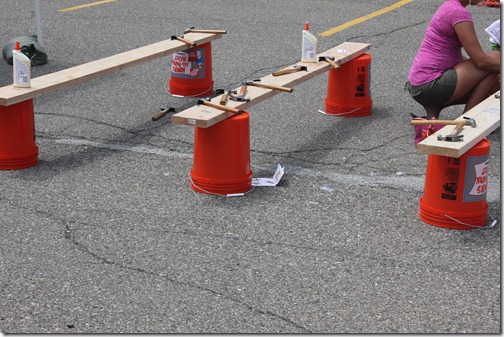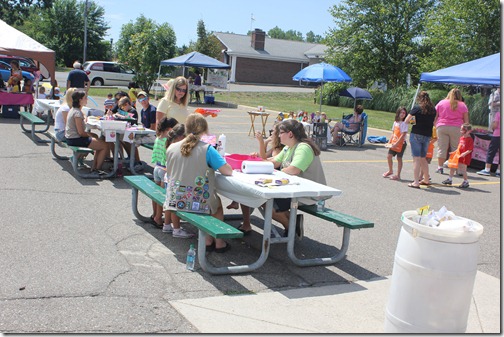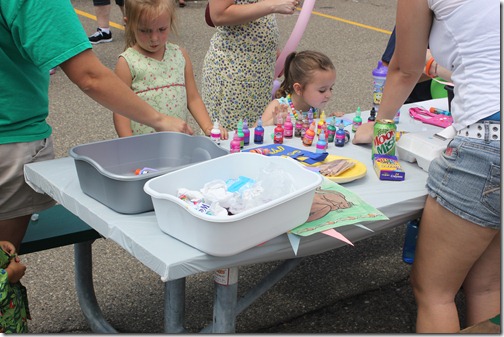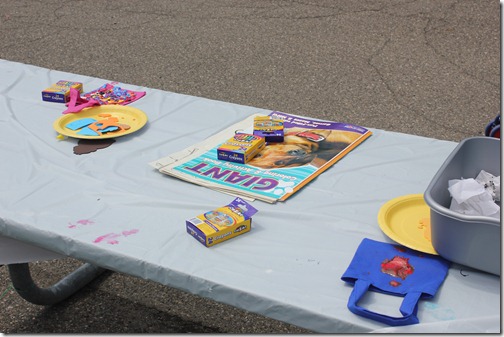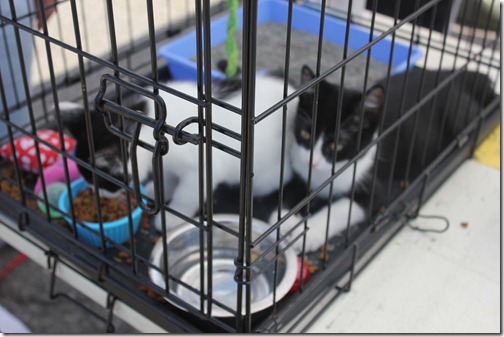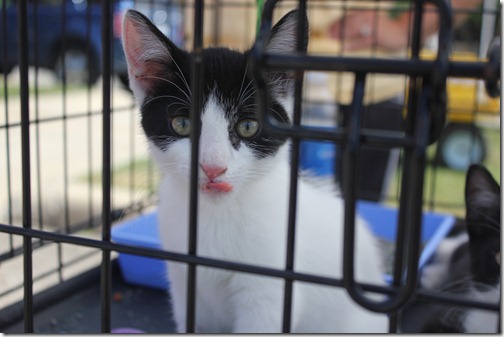
That’s right.
Garlic.

Why Garlic, you ask.
Is September National Garlic Month?
No, of course not, silly, that’s April.
National Vampire Month?
Nope, that one is July.
September is even Better. National Cholesterol Month.
Now, let’s get one things straight right now. I am not a doctor, and will not ever pretend to give medical advice, and will in fact hem and haw and stammer my way out of any situation where someone asks me which herb will cure their lumbago, or which is good for their libido.
It is widely rumored, however, among those who like to spread rumors about such things, that garlic will help to lower your cholesterol.
It seems that the more garlic you eat, the lower your cholesterol will go. It also appears as if the most effective method of taking garlic is to eat it raw. This coupled with the fact that the effects are largely temporary, means that you will have to eat a whole lot of raw garlic every day, if you intend to replace your cholesterol medicine with garlic.
Since consuming large amounts of raw garlic daily will make you somewhat undesirable to be around, it is best that you grow your own garlic, to avoid offending those who you would come into contact with when buying it in large quantities.
So, I wanted to share some tips and ideas for how to grow garlic.
*Disclaimer, I am NOT advocating that anyone replace their cholesterol medicine with garlic, nor any other medicine with an herbal alternative, without fully discussing such a move with their doctor.
In the last little while, I have been fact checking my material for the fall/winter series I will be teaching this year and I have discovered that there is an awful lot of incorrect, or partially incorrect information out there on the internet about herbs.
I guess all you need is a keyboard and a few hours, with no real knowledge and you can write an authoritative sounding article about herbs. So please, check with your doctor, before you make any dramatic changes in your life based on anything you read on the internet.
But now, lets get back to garlic.
Garlic is one of the oldest known cultivated crops. Possibly because it is easy to grow, and easy to store. When people have told me this summer me they can’t grow garlic, I have to point out to them that last year our four year old and her preschool class grew garlic.
 Enough that I actually took the extras to market and sold them for them.
Enough that I actually took the extras to market and sold them for them. So, if a group of four year olds can grow garlic, then I'd bet you can too!
The first step is to decide which garlic to grow.
There are over 600 varieties of Garlic, but they all fall into two main subspecies. Hardneck and Softneck. Softneck garlic generally matures a little earlier, and Hardneck will keep longer once it is harvested.
I recommend planting some of each if you can find it, but if you can only do one, then I suggest a hardneck. If you do it right, you will have garlic for most of the winter.
Garlic requires a cold spell and a long growing season. Experts suggest a cold spell of no warmer than 40-45 degrees for 2-3 weeks, so, if you live in an area where you don’t have that kind of temperatures, putting it in the refrigerator for a month before you plant it will help encourage sprouting. For those of us in the colder temperate zones, planting in the fall ensures a nice cold spell.
Ancient folklore said that garlic should be planted at midnight, on the longest night of the year. But since most of us aren’t ancient folk, we can get away with a modified schedule.
Plant your garlic 4-6 weeks before you expect your ground to freeze. For me that means around the first to middle of October. You can click here for an easy site that will tell you when your frost and freeze dates are.
Planting the Garlic is one of the last things I do before I put the garden to bed for the winter.
Generally, you don't have to do too much to get the soil ready, because you have already harvested your garden, and pulled out all the tomato vines and pepper plants, and when you did that it loosened your soil up, so you have it all ready to plant.
I like to plant Garlic around the edges of my garden. It is rumored to help deter deer, rabbits and other animals from the garden. I cant prove it, but since I have no reason to disbelieve it, and the garlic has to go somewhere, I figure, the border is as good a place as any other.
You can buy seed garlic, or you can plant the little bulbils from last years crop that you carefully saved, but the easiest thing to do is just get a head of garlic and separate it gently into cloves.
Each clove will grow into a head of garlic. The larger the clove, the larger the head it will produce, so I take the big ones around the edges from several heads and save the smaller ones in the middle to cook with.
Look carefully at the clove.
There will be a flat end and a pointy end.
The flat end is the basal plate, where the roots will grow. Make sure that end goes down in the soil, and the pointy end goes up. Otherwise, you will get a situation where the plant grows down from the tip, and has to turn around before it can start growing up.

The fancy word for that, for those who care, is gravitropism.
This leads to a weaker anchor in the ground and the head will not be as attractive.
The plant will grow up from the basal plate, so however deep you plant it, that is how deep it will grow,. The clove does not travel down, so plant your garlic deep enough to give it room to grow. A rule of thumb with most bulbs is to plant to a depth twice as deep as the bulb is tall. I usually just figure a clove of garlic is about to my first knuckle, so I plant it two knuckles deep. I poke my index finger in the soil, up to the second knuckle, pull it out, and drop in a garlic clove. Then a little soil over it and it is good to go.
Your garlic may, or may not, start growing this fall. It's OK if it does, and OK if it doesn't. But either way, once the ground freezes, it will stop growing. It is important that it not freeze and thaw repeatedly, or it will start to grow when it thaws, then get killed when it refreezes. So, once the ground is frozen, cover the garlic with 4-6 inches of mulch. All the leaves you raked out of your yard this time of year work great for this. This helps to keep the ground from thawing and will protect your garlic.
Now is the hard part. Waiting until spring.
In the spring, you will see your garlic emerging as soon as the ground thaws. If you want, after the last chance of frost has passed, pull the mulch away. If you used leaves, you shouldn't have to do this unless they packed tightly during the winter and became matted. More likely, they will have broken down enough that they do not need to be moved. But you want your emerging plants to be exposed to sunlight.
Let them grow, and keep being patient.
In late spring, early summer, you should see the plants forming a flower, (note this only happens on hardneck garlic.) This flower, often called a scape, should be cut off, to allow for the energy of the plant to go into producing a head and not a flower.

Garlic scapes are edible and have a wonderful garlic flavor. Saute some in butter and serve them as a side dish.
When the tops turn yellow and start to die, it is time to harvest your garlic. If you wait too long, not only will the garlic be dry and starting to crack through the outer skin, but the plants will be gone and you will have a herd time finding them. So, don't wait too long. Loosen the soil with a fork, or shovel, and lift the garlic out by the leaves.
It is suggested that you allow it to cure for 10-14 days in a dry place after harvesting. Uncured garlic can be eaten, but the curing process helps it to keep longer.

